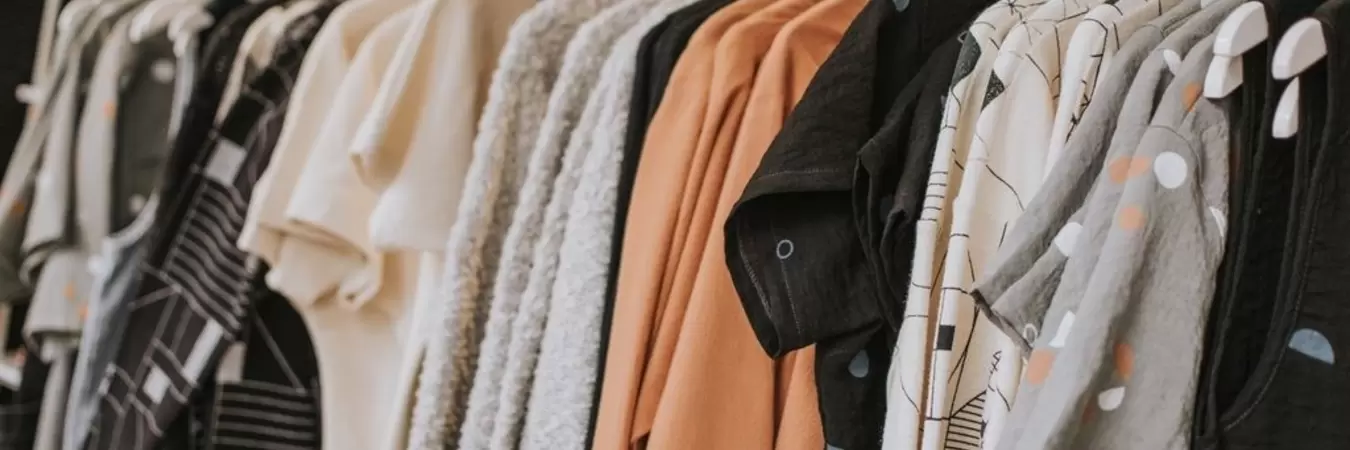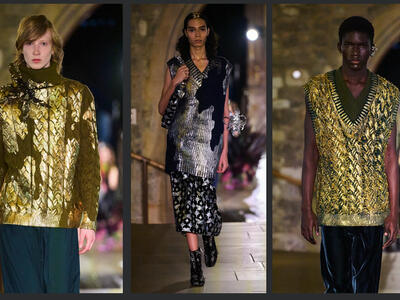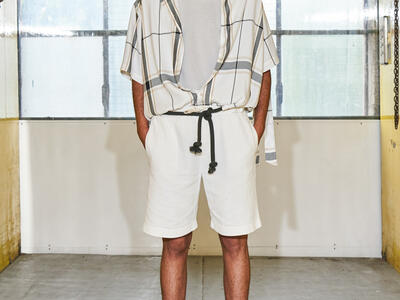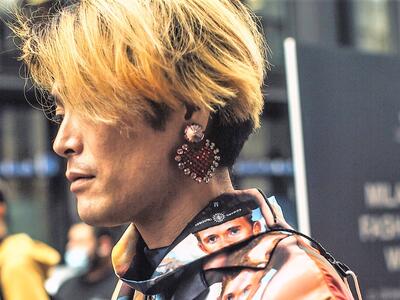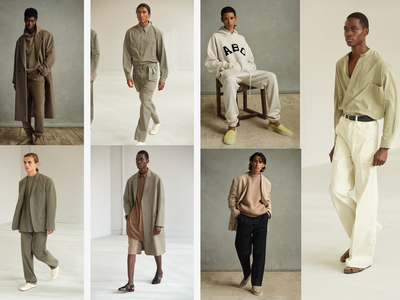Starting a fashion brand is an ambitious dream. It's grueling, demands total dedication, and a mix of business acumen with a healthy amount of talent. Because whether you are a business person or a creative soul at the helm of this project, you’ll soon find out that these lines become blurred in fashion. You’ll have to manage your ideal with what can practically be achieved.
In that vein, this article helps you nail down the five unique steps that you need to excel at to make your fashion business a success. Sure, we all know about pinpointing our target market and figuring out a marketing strategy, but what about choosing a clothing manufacturer? Because unless you are going to cut, design, and sew the clothes yourself, you are going to need someone (or a business/factory) to do that for you.
Choosing the right manufacturer – who is as passionate about quality and precision as you are – is going to be a dream come true.
And finding such a manufacturer is just the tip of the iceberg. What are some of the other, trickier aspects of this whole thing that you need to get the hang of before you can get to marketing?
1. Develop a Business Model as it will Guide Your Entire Journey

Your business model will be born out of the niche you’ve identified in the market. For example, if you have identified a need for plus-size luxury fashion, your business model is almost already there. You will need design-rich pieces whether in clothing or accessories. You will need a higher degree of control over manufacturing, quality, and supply chain. Exclusivity, craftsmanship, and legacy are going to be your USPs.
Similarly, if you have chosen to create bespoke corporate attire for women, again, you already know the kind of business model that’ll work with this idea. There’s less focus on creative design and more focus on creating timeless pieces, so you need to partner with manufacturers that have experience creating these clothes. Your distribution channels also include high-end retailers and fast fashion stores, compared to fashion boutiques.
Some questions that can further clarify the type of fashion business model to go for, include:
- Do I want to sell my clothes to a private label or a large retailer?
- Am I into fast fashion, or perhaps on-demand manufacturing will be more suitable?
- Do I have the resources (or the temperament) to aim for red-carpet fashion brands?
Once you finalize your business model, keep it at the forefront of all your business decisions to keep scaling at pace.
2.Create a Fashion Brand Even if you are a Bit Hazy on the Details

The fashion industry is highly saturated and it’s only through brands that businesses can cut through the noise.
When we think of brands, we think of our emotional connections to them. Vogue and Dior make us feel all fancy and glam. Zara is east yet fashionable. Misha Nonoo is exclusive and understated grace. These emotional experiences dictate our buying journeys. How much are we willing to pay a brand? How do we feel when buying their products? How do these products make us feel? What leverage are we willing to give these brands if their sites are slow or Instagram pages are unresponsive?
Creating a memorable brand that audiences feel loyal to is hard and lifelong work. It will keep evolving as you continue to grow, change, and adapt. Therefore, do not let anyone force you to get all your branding details right in the first go.
It’s okay to not have an exact idea of what your brand is. The important thing is to start. Make a fashion logo design, create a website, and come up with a catchy slogan. Also, figure out the e-commerce platform for your fashion brand; Shopify is a good place to start.
As you scale and grow, your brand will evolve too, and in time, you and your audience will come to realize how your brand is aligned with who you are as a business.
3.Find a Manufacturer (Unless you’re it; if you are, then find a Designer)

If you are starting a fashion business as a manufacturer, the task ahead is simpler. You just have to look for a perfect designer (or design team) to help realize the fashion ideas in your mind. Things are a little trickier if the situation is flipped.
It can be much difficult for designers – new ones, especially – to find a manufacturer that they can truly rely upon. Not only do you need a manufacturer that understands your design, but you also have to ensure their work is on par with your standards, that they are choosing the best material, and delivering orders on time.
If you are into clothing, you may need to go overseas for your manufacturing needs. China, Peru, Vietnam, and Bangladesh are some of the countries where majority of the West’s fashion is manufactured. The same is true for footwear and leather accessories, etc., albeit to a smaller degree. If you sell customized clothing, you need a manufacturer who can get the variations right every time. However, if you design jewelry, for example, you may be able to manufacture the whole thing at home or a design studio with the help of some colleagues.
As there are a lot of moving parts in this decision, it’s important to give it ample thought and get everything ready before you take your first order.
4.Get Your Pricing Absolutely Right

Fashion may be a cutthroat business requiring grueling work, but it pays off immensely. With some of the higher profit margins across different types of industries, a well-positioned and high-quality fashion brand stands to get the pricing they want.
Still, today’s consumers are market savvy and during the pandemic, have begun to look at the cost factor more when comparing different brands. In this climate, a ridiculously high-priced item may continue to sit in your inventory for months, while too low prices (and hence, tighter profit margins) can signal to audiences that the product may not be as good.
Therefore, you have to price it exactly right. To do that, take a look around. How much your competitors are charging for a similar item? Ideally, your pricing points should be closer to theirs. Yet, there is some wiggle room. If your product is hand-crafted, for example, you can communicate that to your audience as your selling point and justify the higher cost at which you are selling.
Much like identifying your target market and locking down your niche, your pricing must be nailed down before your launch. It should not change too much after your start marketing.
5.Don’t Let Your Capital Run Dry – Keep the Money Coming!
One of the major reasons most businesses fail during their first five years is cash flow issues. Improper financial management including large overheads, low sales, poor credit management, and insufficient capital creep up to cause businesses to slow down and die.
To keep your business afloat as you go through its highs and lows, financial planning is a must. One way could be to free up cash by not investing in many fixed assets. For example, if you have to invest in equipment, think of renting it or buying second-hand.
If you are suffering from low capital issues, look for potential investors. A business partner who can give you the capital you need in exchange for a share in profits or a slice of the ownership is one of the most reliable and classic ways to do it.
As your business continues to scale and grow, you will need a constant supply of cash to keep things moving. Therefore, keep an open mind when it comes to investment while still retaining the controlling share of your business.
The Takeaway
Starting a fashion business is exciting, but making it run for decades requires more than temporary passion. If you put in work – hours, sweat, time, and grit – success is achievable. With these 5 points in mind, you’ll be able to cover a lot of the startup mistakes fashion brands make when they take their first steps. So here’s to hoping you don’t make the same mistakes and can launch your brand with a bang!
